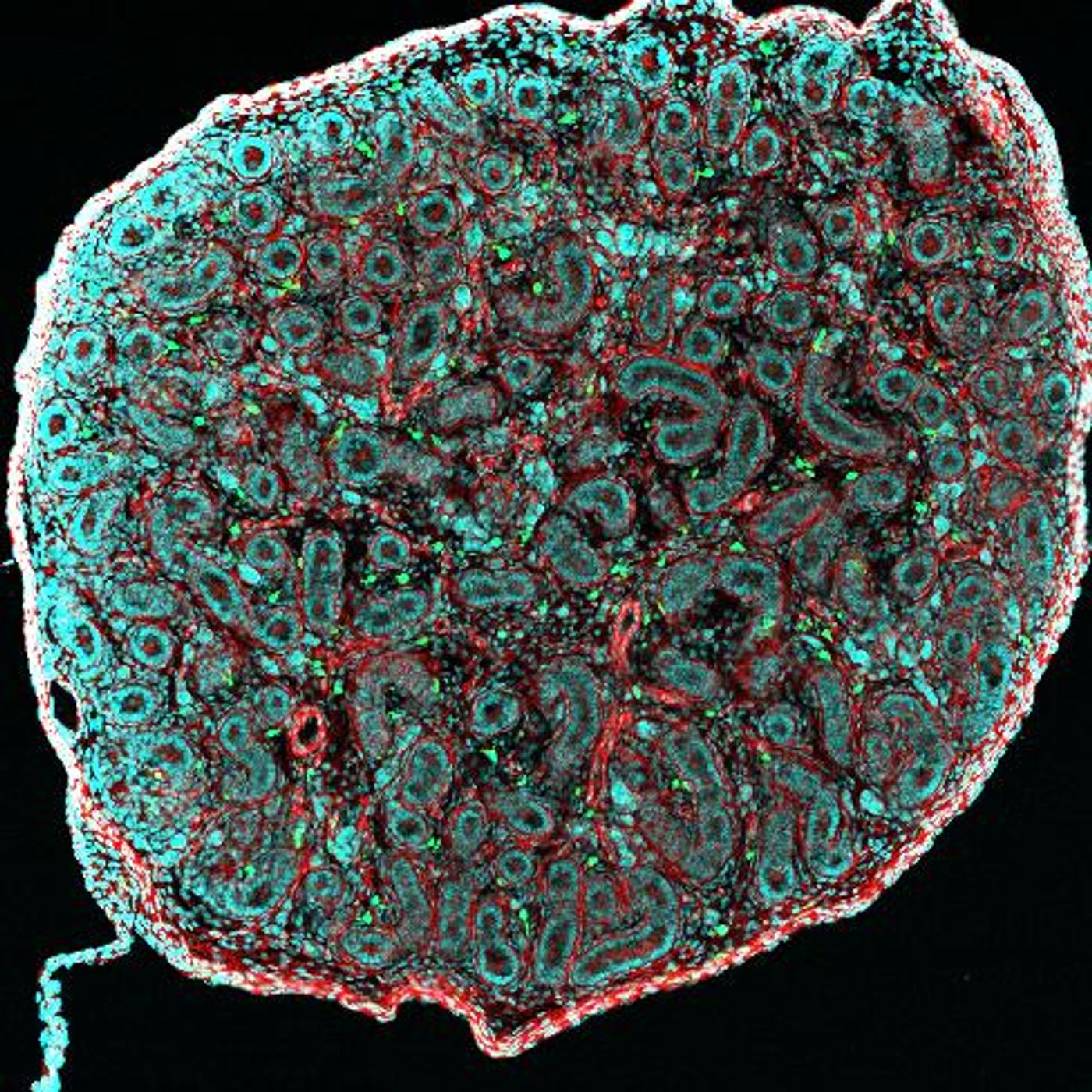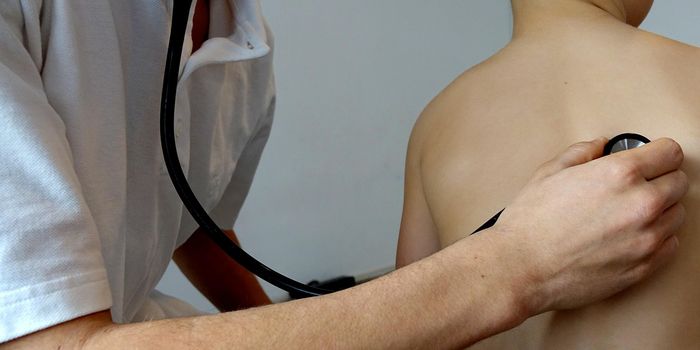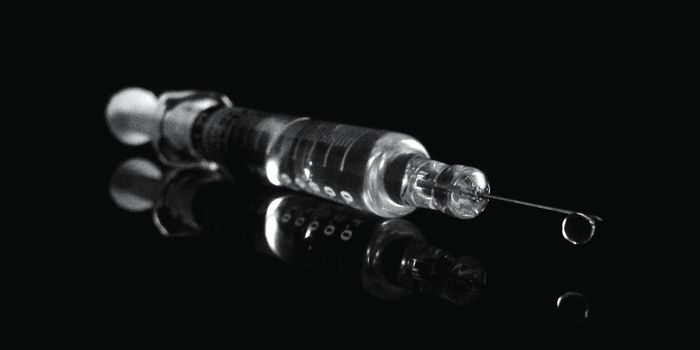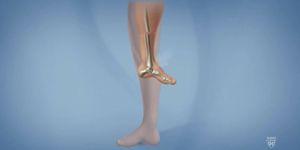Testicular Macrophages Save the Day
Immune cells all over the body protect native human cells from pathogens like bacteria and viruses, but in the testis, immune cells protect sperm cells from other immune cells. Without these protective cells, called macrophages, cases of male infertility would likely be much more prevalent.
Macrophages are immune cells that fulfill a variety a roles, primarily to engulf and degrade pathogens during infection, a process called phagocytosis. They are found all over the body in different forms depending on the environment and the duty required of them. In the testis, there are two type of macrophages, both born to protect the sperm, although created at different times. From the Centre d’Immunologie de Marseille-Luminy in France, scientists are studying testicular macrophages in exquisite detail to learn more about male infertility and potential treatments.
A huge part of an immune cell’s training is learning how to distinguish a native host cells from a foreign, potentially pathogenic cell. When training fails, the immune cell is supposed to be thrown out, but errors happen and host-targeting immune cells can be sent out into the bloodstream, leading to autoimmune diseases. But in the case of sperm, which only begins to appear around puberty, perfectly normal immune cells could mistakenly recognize the newcomers as foreign, launching an immune attack as if they were fighting a bacterial infection. This attack on sperm can cause infertility.
Testicular macrophages swoop in like superheroes, defending sperm cells from the rest of the immune system, even releasing specific molecules that block immune cells from even entering the testes. In this way, testicular macrophages protect male fertility.
Amidst studies in mice, researchers created detailed depictions of testicular macrophages, each type represented by two compartments in the testis:
-
Testicular macrophages in the interstitial spaces, neighboring the testosterone-producing Leydig cells and present as far back as embryonic development
-
Peritubular macrophages on the surface of the seminiferous tubules, alongside sperm cell precursors
The researchers observed that “distinctive cellular markers” along with their respective locations largely distinguished between the two types of testicular macrophages. And using a new cell tracing method, they watched as peritubular macrophages moved between the bone marrow and testes, a transition taking place during puberty (for mice around two weeks after birth). Once established in the testis, peritubular macrophages stay forever.
With a clearer understanding of how testicular macrophages differ, how they develop, and how the protect fertility, the research team is looking next to learn about the relationships between macrophages, sperm, and testosterone production, in hopes of applying this knowledge to developing treatments for male infertility.
The present study was published in the Journal of Experimental Medicine.
Sources: CNRS, Nature Reviews Immunology









